Dec . 10, 2024 09:54 Back to list
hpmc for mortar
HPMC for Mortar The Essential Additive
Hydroxypropyl Methylcellulose (HPMC) has gained significant popularity in the construction industry due to its versatile applications and benefits, particularly when used in mortar formulations. This water-soluble polymer is derived from cellulose and is known for its thickening, binding, and film-forming properties. In this article, we explore the role of HPMC in mortar, its advantages, and its impact on construction practices.
Understanding Mortar and Its Components
Mortar is a critical construction material used for masonry, providing adhesion between bricks, blocks, or stones. Traditional mortar formulations consist of cement, lime, and aggregates mixed with water to achieve the desired consistency and strength. However, the properties of mortar can be significantly enhanced through the incorporation of additives, and HPMC stands out as a superior choice.
Enhancements Offered by HPMC
1. Workability and Consistency One of the primary advantages of adding HPMC to mortar is the improvement in workability. HPMC enhances the rheological properties of the mixture, allowing for easier application and manipulation. This is particularly beneficial in tasks requiring intricate detailing, such as tiling or stone masonry.
2. Water Retention HPMC provides excellent water retention capabilities, which is crucial for hydration and curing of cement. High water retention ensures that the mortar remains workable for longer periods, enabling the masons to work at a comfortable pace without the risk of premature setting. This is especially important in hot or windy conditions where evaporation rates are high.
3. Adhesion The incorporation of HPMC into mortar formulations increases its adhesion to various substrates. This is vital when applying tiles or other materials to surfaces, as it helps prevent slippage and separation. Improved adhesion directly translates to better long-term durability and performance of the finished structure.
hpmc for mortar

4. Flexibility and Elasticity HPMC enhances the flexibility of mortar, allowing it to accommodate movements that occur in building materials due to temperature changes or settling. This property is critical in preventing cracking and ensuring the longevity of the construction.
5. Resistance to Segregation When mixed with aggregates and other components, HPMC helps prevent segregation, ensuring a uniform distribution of materials within the mortar. This consistency is important for maintaining the integrity and performance of the mortar over time.
Environmental Benefits
Another notable advantage of HPMC is its compatibility with sustainable construction practices. As a cellulose derivative, HPMC is derived from renewable resources, making it an environmentally friendly choice. Furthermore, by improving the efficiency of mortar application and reducing waste, it promotes more sustainable construction methodologies.
Conclusion
The integration of HPMC into mortar formulations represents a significant advancement in building materials technology. Its multifaceted benefits, including enhanced workability, water retention, adhesion, flexibility, and environmental sustainability, make it an indispensable additive in the current construction landscape. As the demand for high-performance building materials continues to grow, the utilization of HPMC is poised to become even more prominent.
In a world where efficiency and quality are paramount, HPMC for mortar not only meets these demands but also aligns with modern architectural needs and sustainability goals. As the construction industry evolves, the adoption of innovative solutions like HPMC will play a vital role in shaping the future of building practices. Through the use of HPMC, construction professionals can ensure that projects are completed on time, within budget, and to the highest standards of quality. This essential additive truly exemplifies how science and technology can transform traditional methods into efficient, reliable solutions for modern challenges.
-
Versatile Hpmc Uses in Different Industries
NewsJun.19,2025
-
Redispersible Powder's Role in Enhancing Durability of Construction Products
NewsJun.19,2025
-
Hydroxyethyl Cellulose Applications Driving Green Industrial Processes
NewsJun.19,2025
-
Exploring Different Redispersible Polymer Powder
NewsJun.19,2025
-
Choosing the Right Mortar Bonding Agent
NewsJun.19,2025
-
Applications and Significance of China Hpmc in Modern Industries
NewsJun.19,2025







